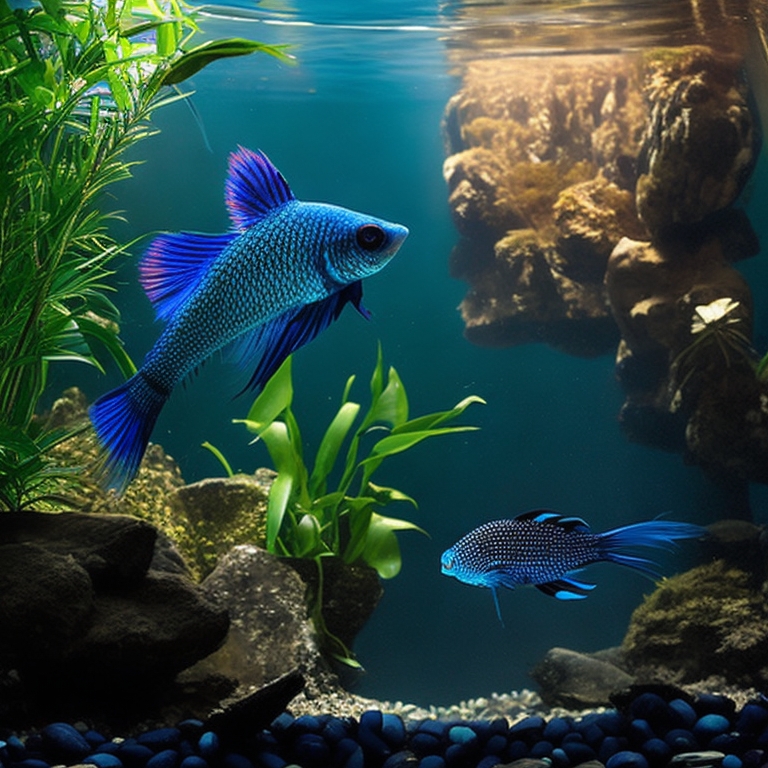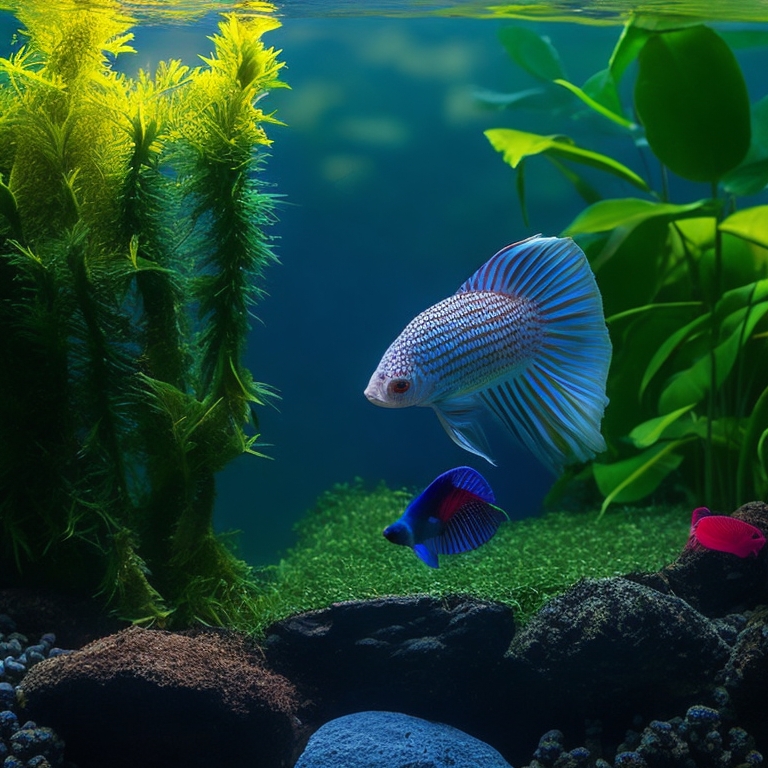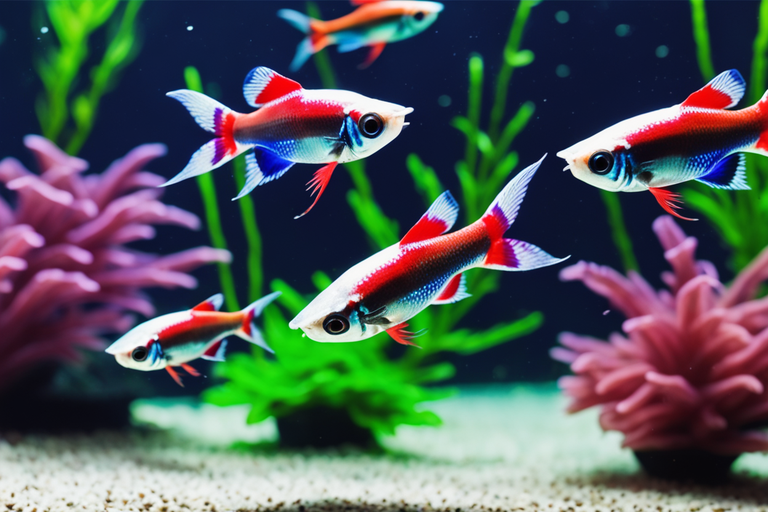You’re curious about aquarium life, especially the dynamics between plecos and bettas. Can they coexist peacefully in the same tank? Let’s delve into their behaviors, compatibility, and potential challenges you might face.
We’ll also share tips and real-life experiences to guide you. It’s not just about adding fish to a tank, it’s about creating a harmonious ecosystem.
So, let’s decode the mystery of whether plecos and bettas can live together.
Understanding the Nature of Plecos and Bettas
You’ll first need to grasp the unique behaviors of these two species before you can successfully house a Pleco and a Betta together. Understanding Plecos’ diet preferences and Bettas’ territorial behavior is crucial.
Plecos, naturally, are omnivorous scavengers, with a preference for algae. They’ll happily chow down on algae growth in your tank, helping to keep it clean. However, their diet doesn’t stop there. They also require a variety of other foods, such as vegetables and sinking pellets, to remain healthy.

On the other hand, Bettas are notoriously territorial. They exhibit a strong instinct to protect their space, especially from other fish of similar size or color. This territorial behavior is most prominent in male Bettas.
The key to a peaceful cohabitation lies in the tank setup. Ensure that it’s large enough to accommodate the territorial nature of the Betta while providing ample space for the Pleco to forage and hide. This, coupled with a balanced diet for each species, can result in a harmonious environment.
Understanding these crucial behaviors and preferences is the first step towards creating a successful living arrangement for your Pleco and Betta.
The Compatibility of Plecos and Bettas in an Aquarium

In considering the compatibility of Plecos and Bettas in an aquarium, you’ve got to bear in mind both species’ specific needs and behaviors. Plecos are largely peaceful, nocturnal creatures with a penchant for algae and bio-film. Bettas, on the other hand, are known for their territorial behavior, especially the males.
Let’s delve into some specifics:
| Aspect | Plecos | Bettas |
|---|---|---|
| Dietary Needs | Plecos are omnivorous, thriving on a variety of food including algae, biofilm, and occasional protein. | Bettas are carnivorous, their diet includes small invertebrates and fish pellets. |
| Temperament | Plecos are generally peaceful and non-aggressive. | Male Bettas are highly territorial and may show aggression towards tank mates. |
| Habitat | Plecos prefer large tanks with plenty of hiding spots. | Bettas can live in smaller tanks but require clean, warm water. |
Potential Challenges in Keeping Plecos and Bettas Together
Despite your best efforts, there are a number of potential challenges you might face when trying to keep Plecos and Bettas together in the same tank.
A significant issue is Tank Size. Plecos can grow up to 24 inches, while Bettas are much smaller. A small tank might make the Pleco feel constricted, leading to stress and territorial behavior.
Aggression Levels also play a vital role. Bettas are known for their hostile nature, especially males. If they perceive the Pleco as a threat, it could trigger aggressive behavior. It’s important to monitor their interaction closely, especially in the beginning to prevent harm to either fish.
Another challenge is their different dietary needs. Plecos are omnivores favoring algae, while Bettas are carnivorous, preferring live food. It’s essential to ensure both fish get the right nutrients without causing competition for food.
Lastly, the difference in their active times could cause stress. Plecos tend to be more active at night, whereas Bettas are diurnal. This discrepancy might lead to disturbances and stress among the tank inhabitants.
Tips to Successfully House Plecos and Bettas Together
So, you’re ready to try housing Plecos and Bettas together, and there’s a handful of key strategies that can help ensure a successful cohabitation. The right aquarium setup and feeding schedules are critical components. Let’s dive into the details.
- Aquarium Setup: Bettas and Plecos need separate territories to avoid stress. A larger tank, preferably 20 gallons or more, allows for this separation. Additionally, provide caves or other hiding spots for the Plecos.
- Water Conditions: Bettas thrive in warmer waters, while Plecos prefer cooler temperatures. Maintain a balanced temperature around 78 degrees Fahrenheit for cohabitation.
- Feeding Schedules: Plecos are nocturnal, so feeding them at night when Bettas are less active helps prevent competition for food.
- Monitor Behavior: Regularly observe your fish. If signs of aggression or stress occur, you might need to consider separate tanks.
- Proper Acclimatization: Introduce the fish to each other gradually. Rapid changes can lead to stress and aggression.
Real-Life Experiences: Plecos Living With Bettas
You’ve heard the theory, but let’s delve into real-life experiences of Plecos living with Bettas for a clearer perspective. The consensus seems to be that cohabitation can work, but it requires careful monitoring and an understanding of both species’ needs and behaviors.
The Plecos’ diet impact on the tank environment is significant. Plecos, being bottom feeders, consume algae and leftover food which helps maintain a clean aquarium. However, their waste production is high, necessitating regular water changes and good filtration. If not managed, this could result in poor water conditions, negatively affecting the Betta’s health.
Speaking of Bettas, their territorial behavior is a critical consideration. Bettas are known to be aggressive and may view Plecos as intruders. The larger the tank, the less likely the Betta is to see the Pleco as a threat. Keep in mind that adequate hiding spots for the Pleco can also ease tensions.

